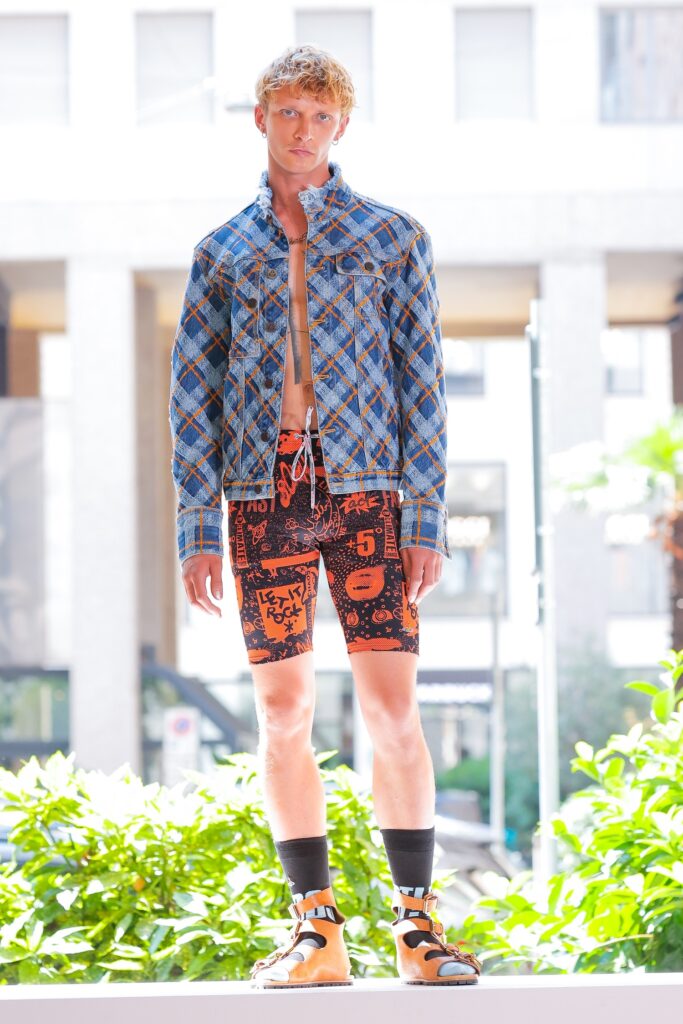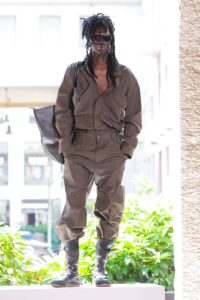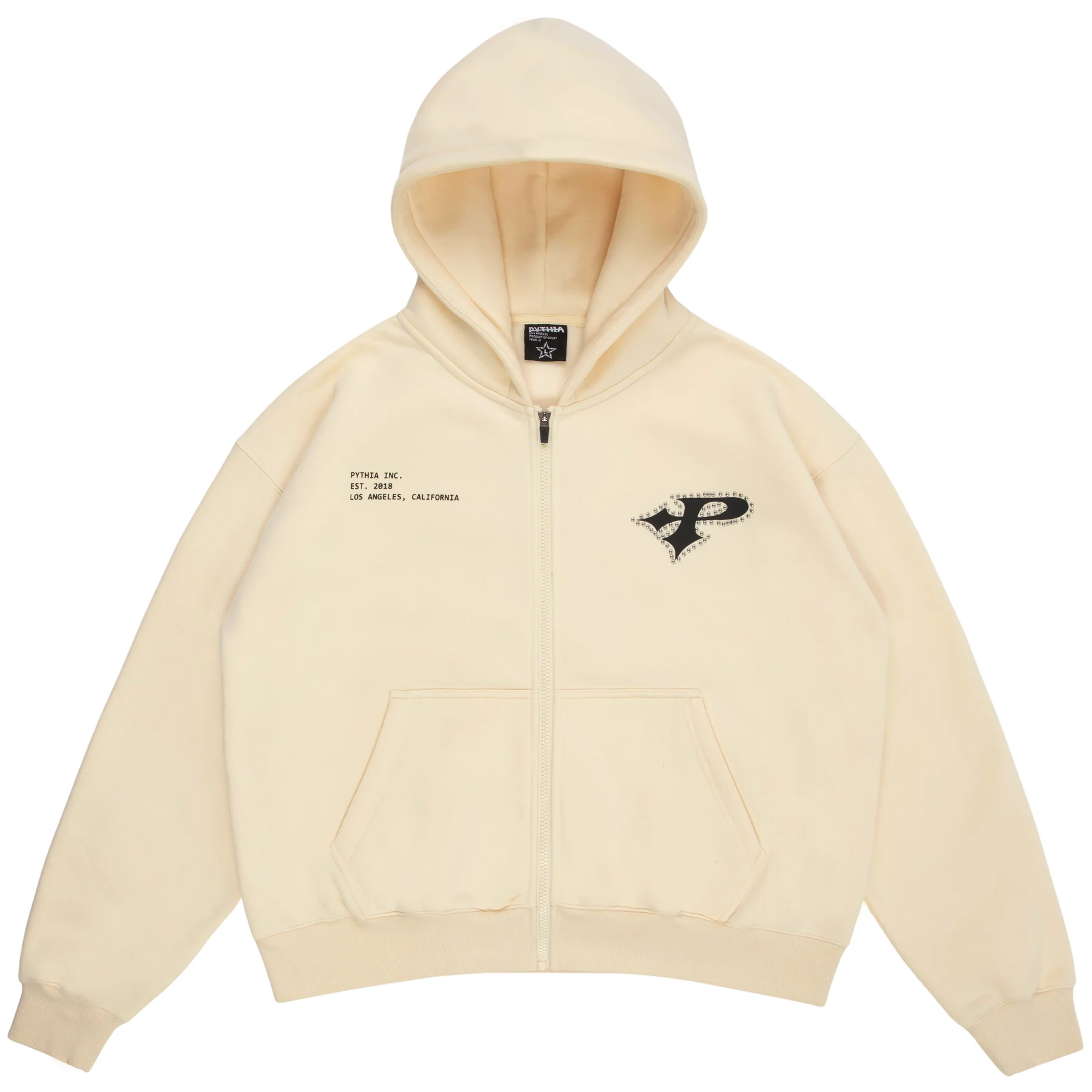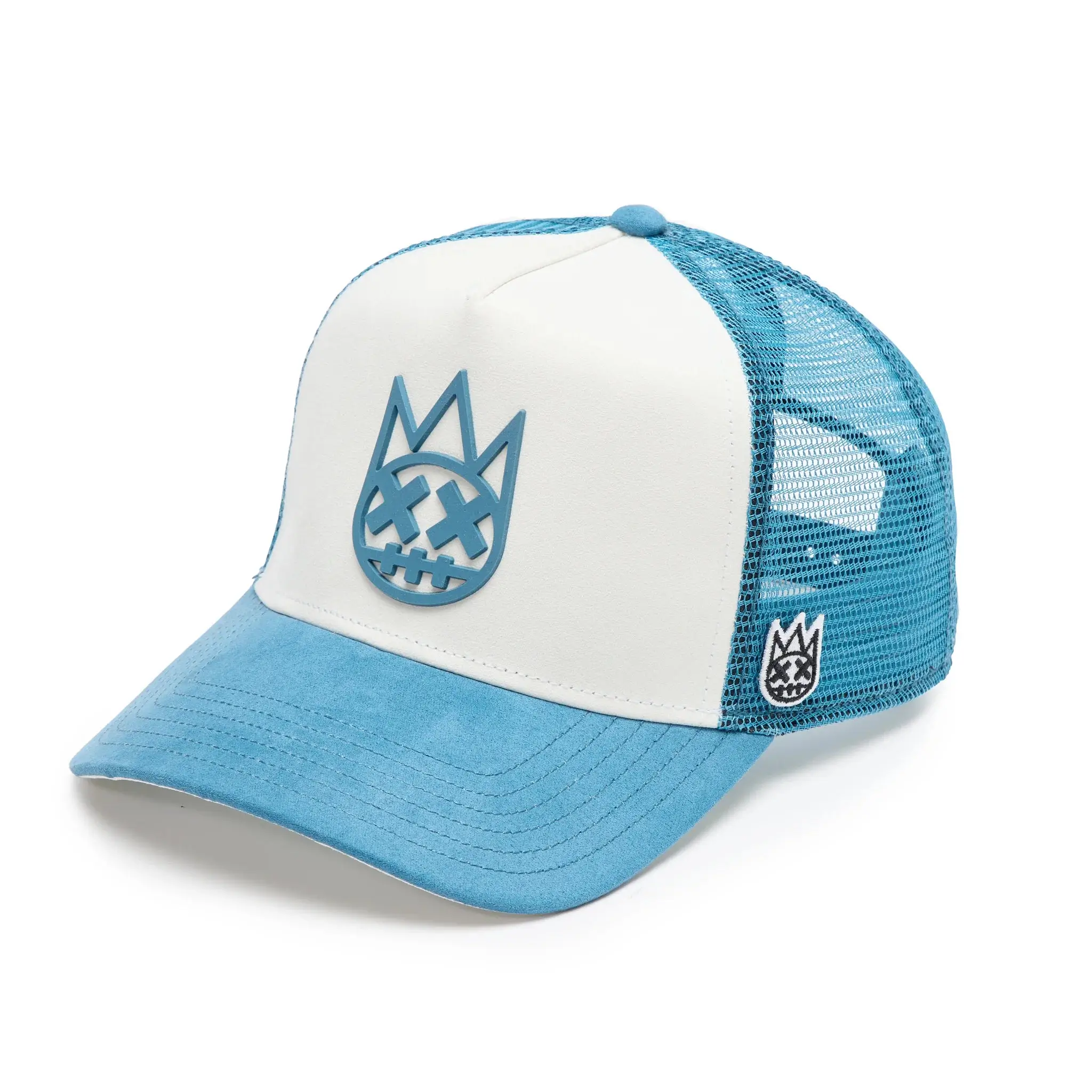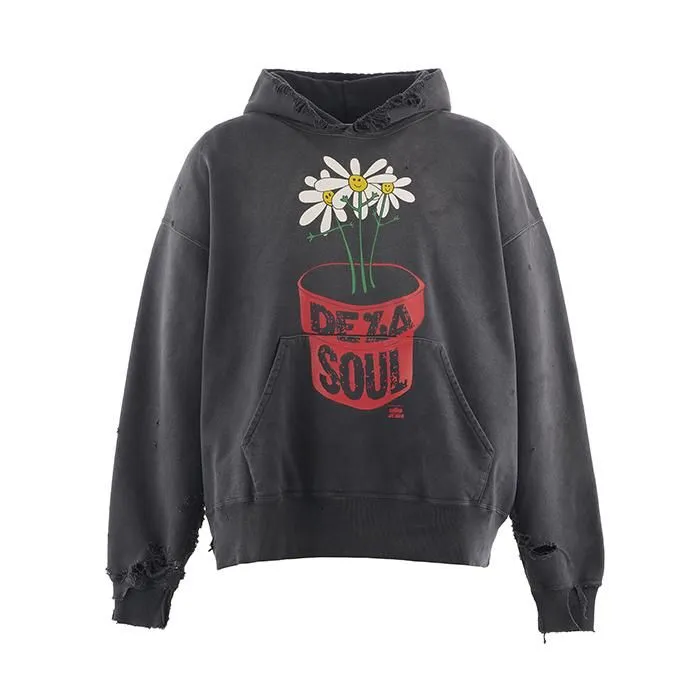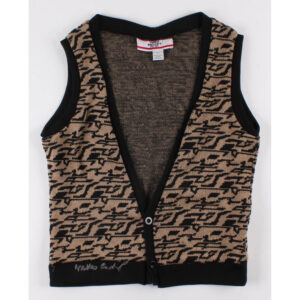When the house of Vivienne Westwood enters a new season, especially under the spring sun of Milan Fashion Week, the event rarely feels like a conventional runway presentation. It is something more spiritual—more disruptive. Vivienne Westwood’s Spring 2026 collection was no exception. In fact, it felt like a resurrection. Both of her punk ethos and of fashion’s dormant political soul.
Held in the backdrop of Castello Sforzesco—half-fortress, half-museum—the show fused radical iconography with Elizabethan silhouettes, climate protest slogans, and a kinetic energy that seemed to scream, rather than whisper, that Westwood’s legacy remains undimmed. Now led creatively by Andreas Kronthaler, her longtime partner and widower, the label continues to occupy a singular cultural position: neither wholly luxury nor wholly street, neither backward-facing nor trend-chasing. The Spring 2026 collection reasserted this liminal identity with fire.
A Show as Theatre
The presentation began not with a strut, but with a soliloquy.
A model—barefoot and draped in a crinkled shroud of tattered tulle and raw silk—strode down the cobblestone path reciting lines from The Tempest: “Hell is empty and all the devils are here.” Westwood’s historical reliance on literature—Shakespeare, Blake, Orwell—is a code she’s never ceased to rewrite. In a time when fashion often detaches itself from the written word, Kronthaler’s staging was a direct appeal to narrative: a reminder that every garment carries the potential for story, subversion, and soul.
The soundtrack alternated between baroque arias and riot grrrl instrumentals. Lighting was minimal, relying on the golden hour sun and occasional flickers from handheld torches carried by walk-ons. The mise-en-scène bordered on the ecclesiastical, part-pagan ritual, part-Anglican rebellion.
The Collection: Defiant, Romantic, Apocalyptic
Westwood’s Spring 2026 line wasn’t unified by color or material, but by ideology. Think silhouettes borrowed from 17th-century aristocracy—corsets, panniers, ruffled collars—rendered in anarchic fabrics: upcycled denim, hessian sackcloth, oil-slick latex. The contradiction was deliberate. Beauty is always suspect in Westwood’s world. If it isn’t resisting something, it’s complicit.
Looks of note included:
-
A trench coat in shredded tartan, its hem soaked and darkened as if it had survived a storm, paired with thigh-high rubber boots bearing the spray-painted phrase “Capitalism kills culture.”
-
A deconstructed bridal dress with asymmetrical corsetry and graffiti scrawled in Latin—“Ars moriendi” (The art of dying)—while the train was made from old fishing nets stitched with freshwater pearls.
-
A man’s tailored suit constructed from blackout curtains, with sleeves that extended into wings. It brought to mind Icarus, stitched back together for one final flight.
Colors veered from rotting florals—bruised lavender, rust, decaying rose—to the defiantly industrial: oil-black, chrome silver, hazard orange. Yet even the most severe ensembles held moments of delicate softness. This collection didn’t seek to destroy femininity or masculinity but to weaponize them both.
Political Dress as Daily Armor
In the tradition of Westwood’s career-defining provocations—her “God Save the Queen” T-shirt, her infamous 1993 Anglomania plaid suits, the 2013 “Climate Revolution” runway—the Spring 2026 line refused any claims of neutrality. Every garment had something to say, and not just in slogans. The very choice of materials—recycled tarpaulins, vintage lace, reclaimed military surplus—challenged the carbon-heavy bloat of fashion’s elite.
What distinguished this collection, though, was its philosophical layering. There’s a difference between wearing a message and being a message. These clothes operated on both levels. As garments, they were rebellious. As art, they were almost sacred.
Ghosts of Vivienne: Legacy in Motion
This was the third Spring collection since Dame Vivienne Westwood’s death in December 20
nto literary mythos. This is fashion for an age of collapse. A slow apocalypse stitched with poetry.
In literature, clothing often reveals more than character—it exposes history, power, and vulnerability. Think of Dickens’s Miss Havisham in her decaying wedding dress; Orwell’s “blue overalls” of the Party; or Margaret Atwood’s The Handmaid’s Tale, where dress codes enforce totalitarian control.
Westwood’s designs have always seemed aware of this lineage. Her collections ask: What do we wear when the world ends? What should we wear if we want to stop it? Her Spring 2026 answer is clear: we dress not to mourn, but to fight. In rags and silk, in leather and tulle. In chaos.
A Love Letter to the Earth—and a Warning
There were moments of tenderness in the show, too. A sheer organza cape with embroidered insects—a dragonfly, a cicada, a bee—moved gently as the model walked, each insect hand-sewn by artisans from Ghana and Vietnam. The press notes described the piece as “a tribute to the disappearing.” Another look featured a dress made from upcycled protest banners collected after the 2024 Global Climate Marches.
Westwood, long before “eco-fashion” was commodified, called for the fashion industry to “buy less, choose well, make it last.” That ideology, in 2026, feels even more urgent. The industry still dances dangerously close to extinction—of the planet, of the artisans, of individuality.
Final Stride: The Politics of Beauty
The finale was silent.
A model in a tattered golden ballgown—reminiscent of Westwood’s 1989 Mini-Crini design—walked slowly, barefoot, her dress catching the dying sunlight. No music. No clapping. Just breath and rustling silk. A requiem, yes. But also a revolution.
This Spring 2026 show wasn’t a resurrection of Vivienne Westwood. It didn’t need to be. Her ghost has never left. What it offered, instead, was a call to dress like it matters. To wear your rage, your dreams, your decay—and your dignity.
No comments yet.

